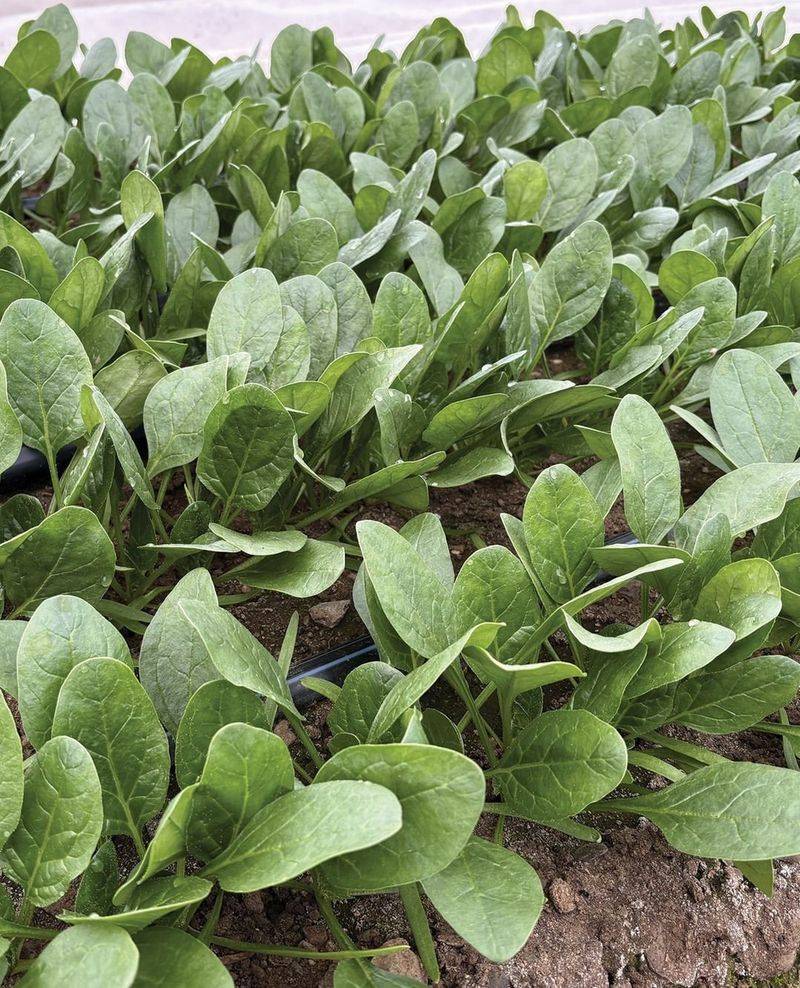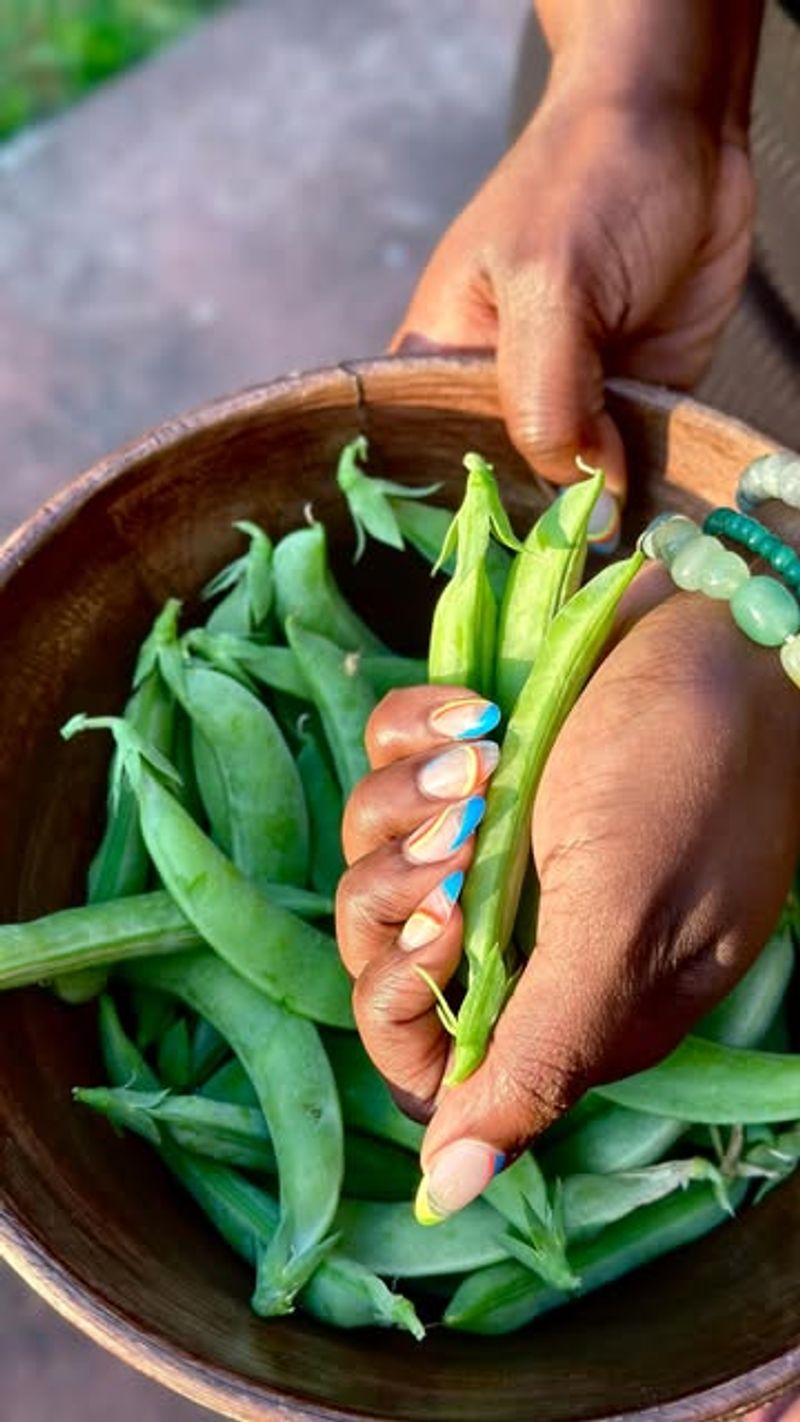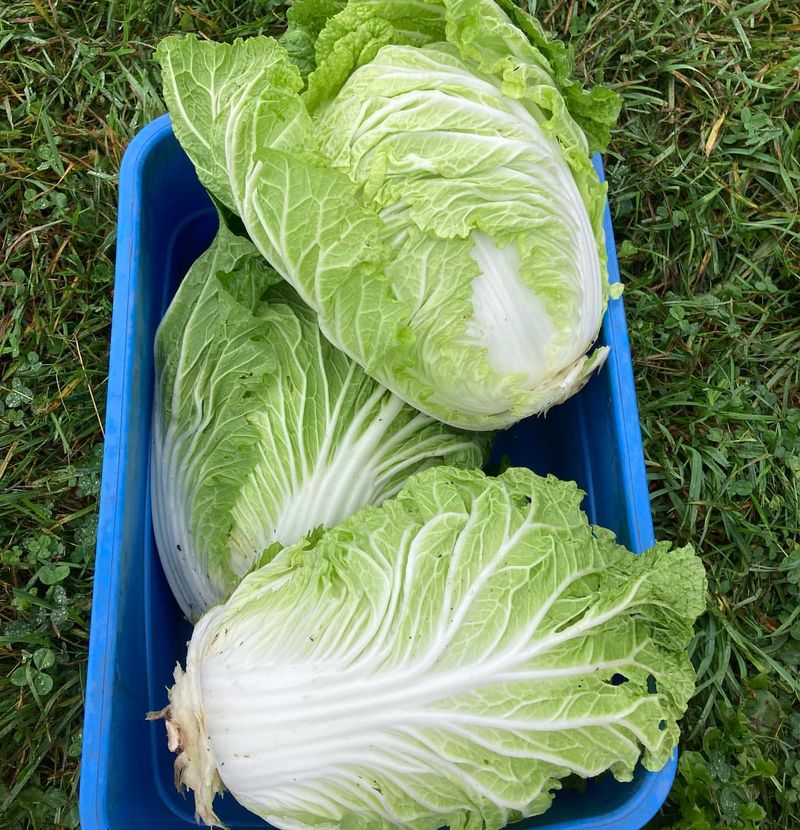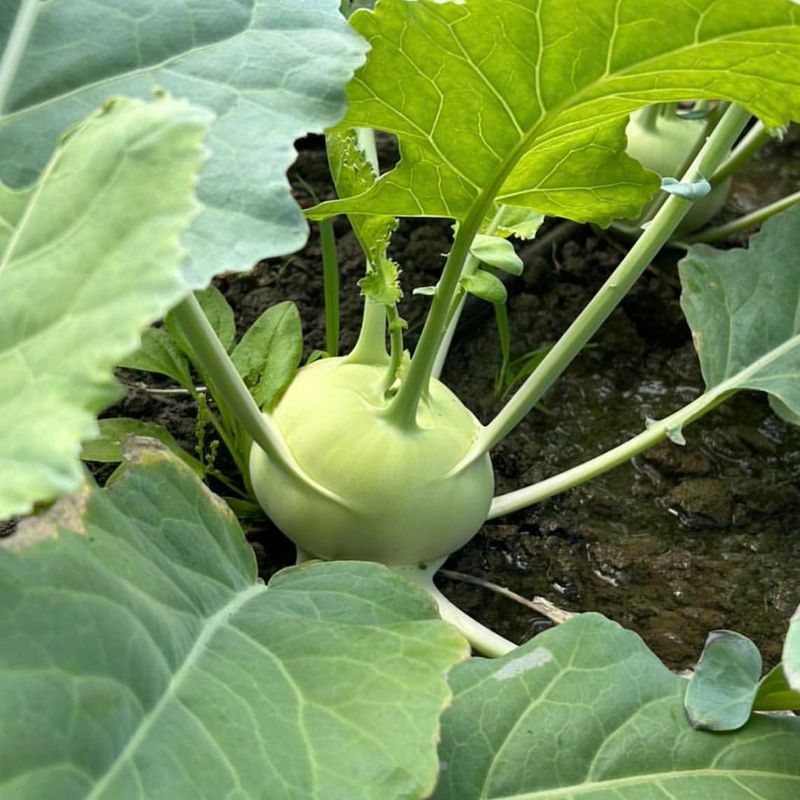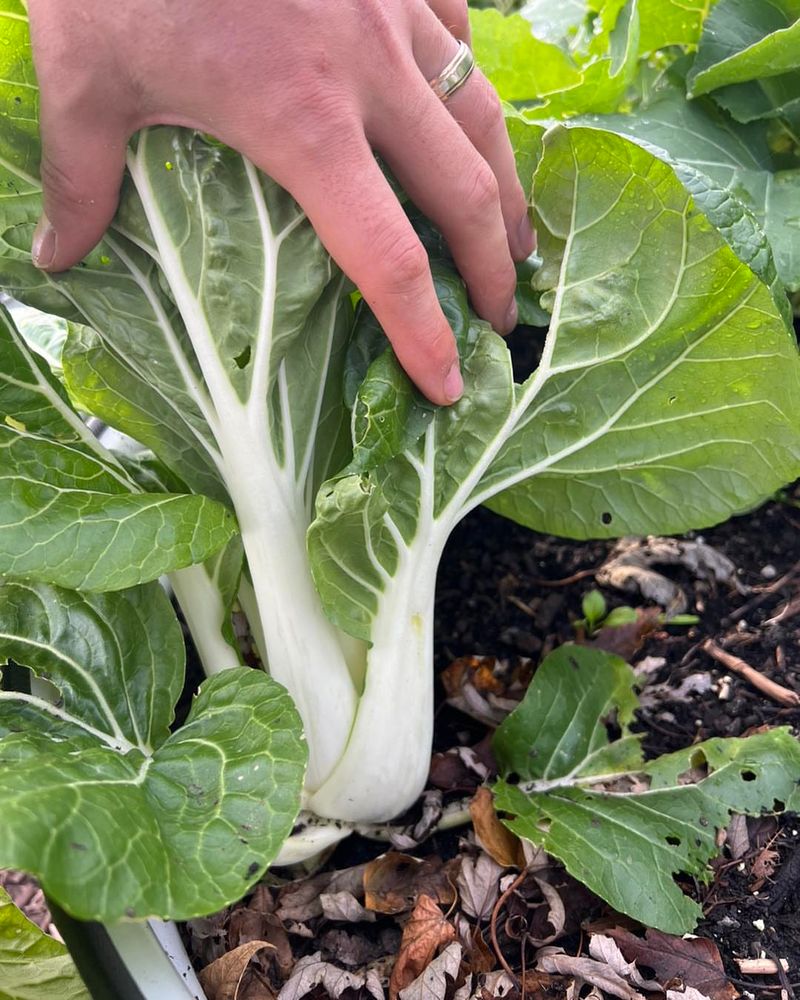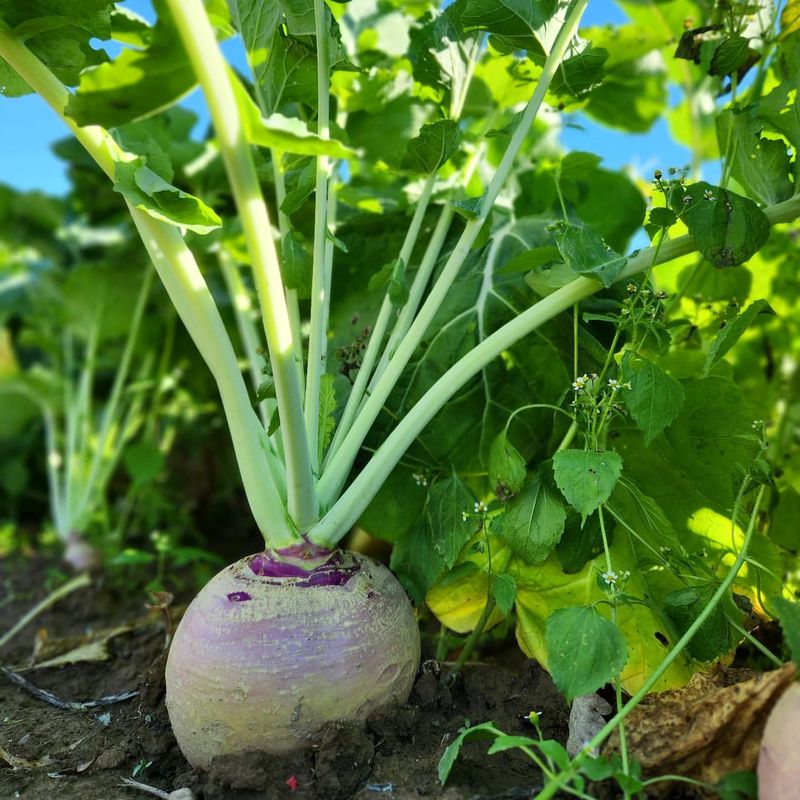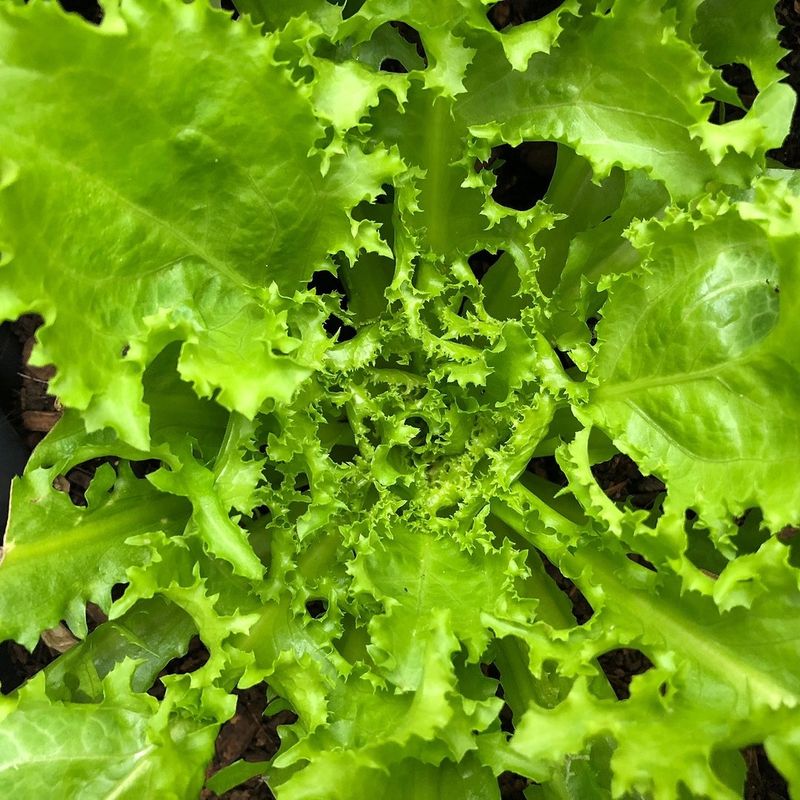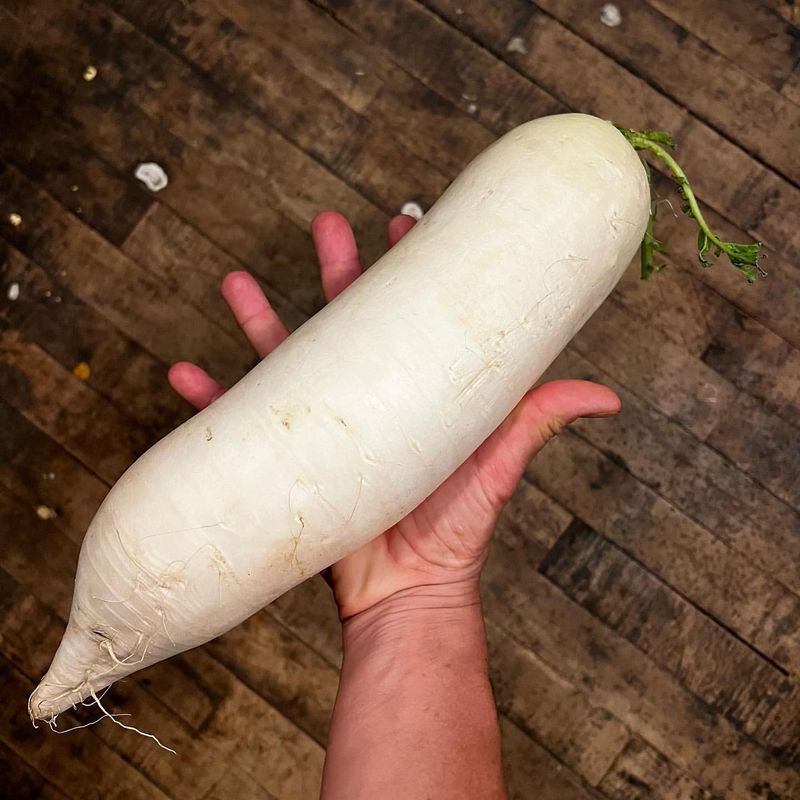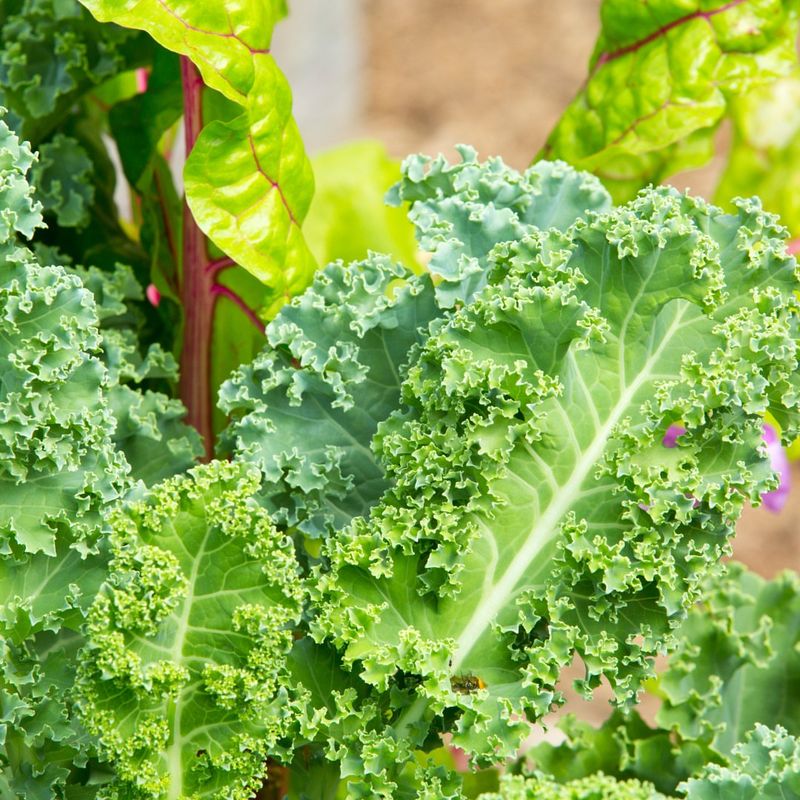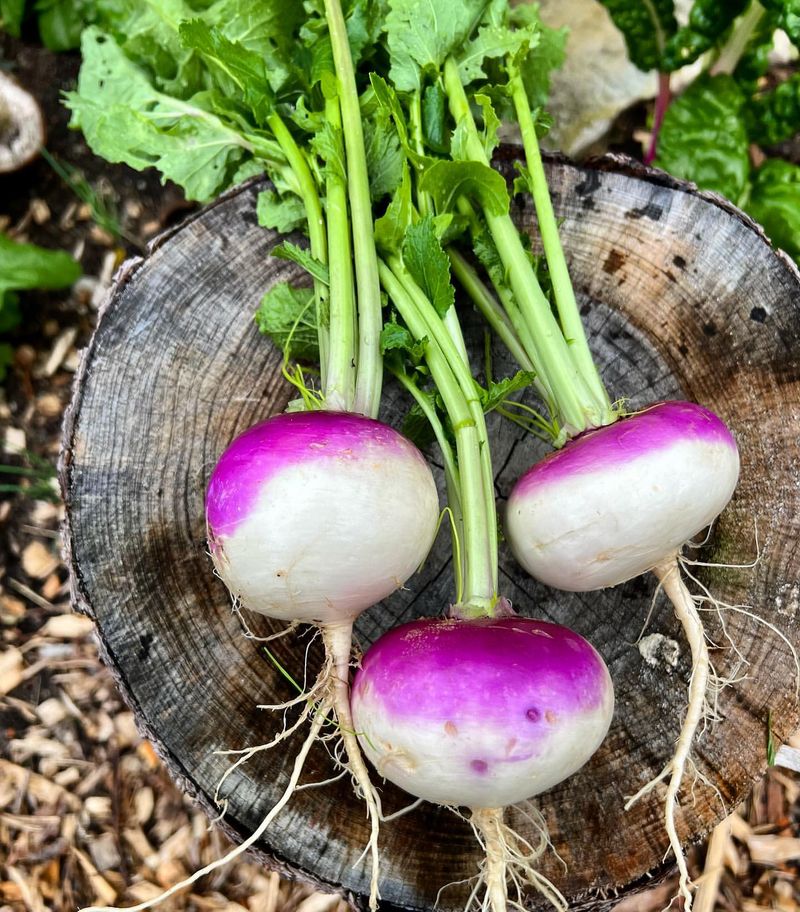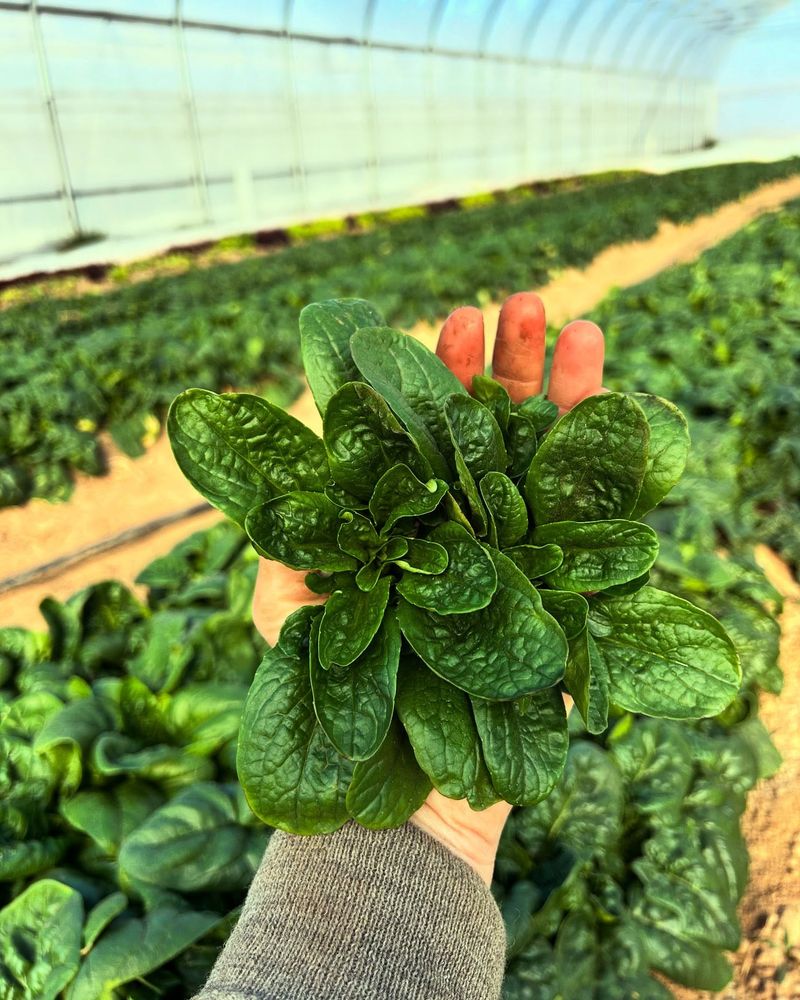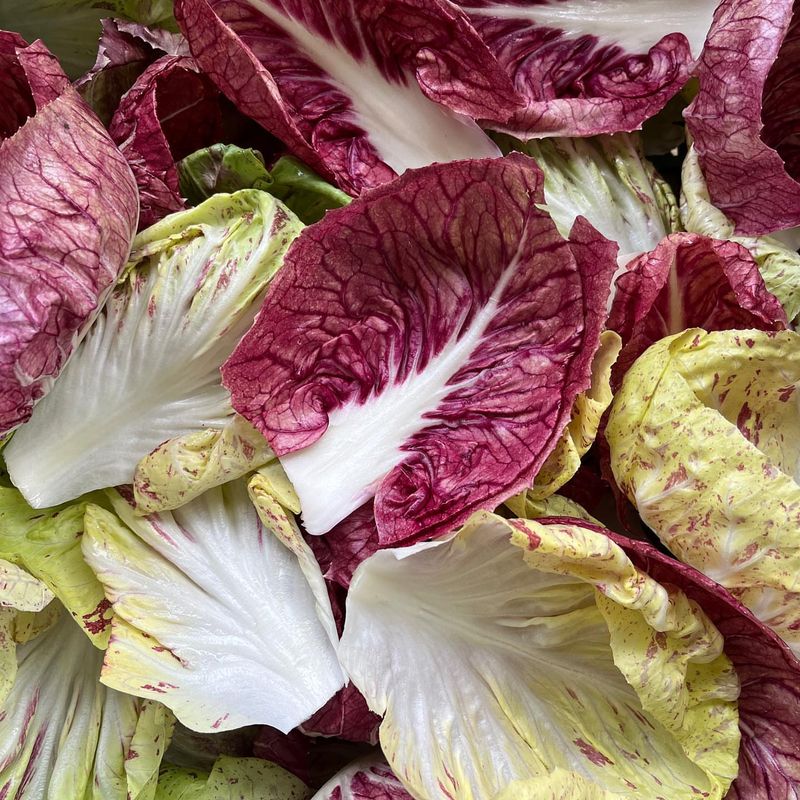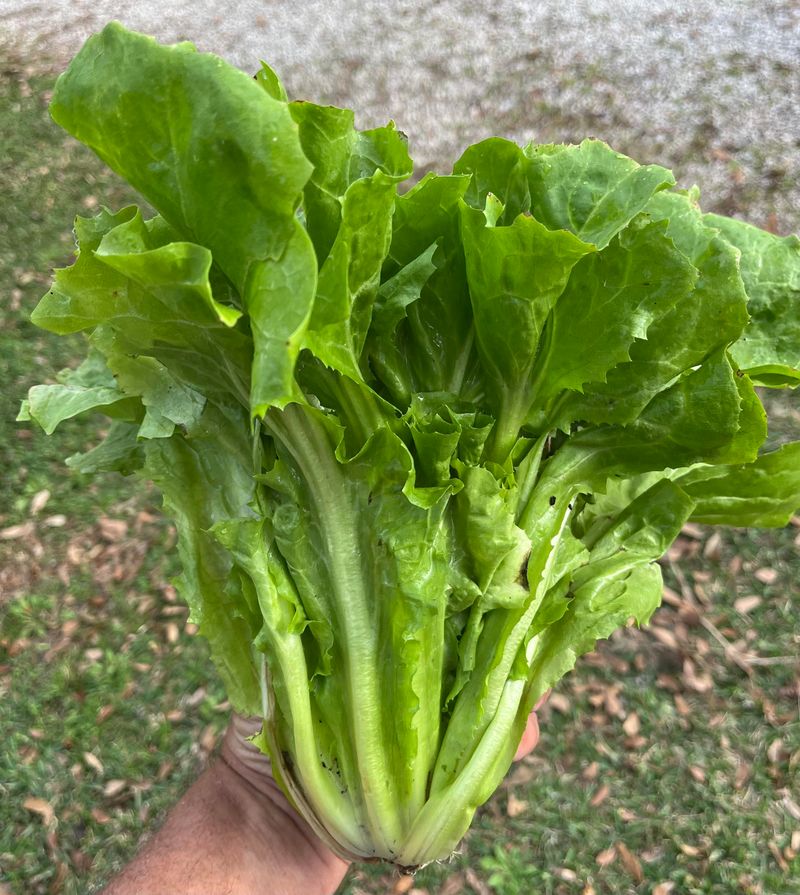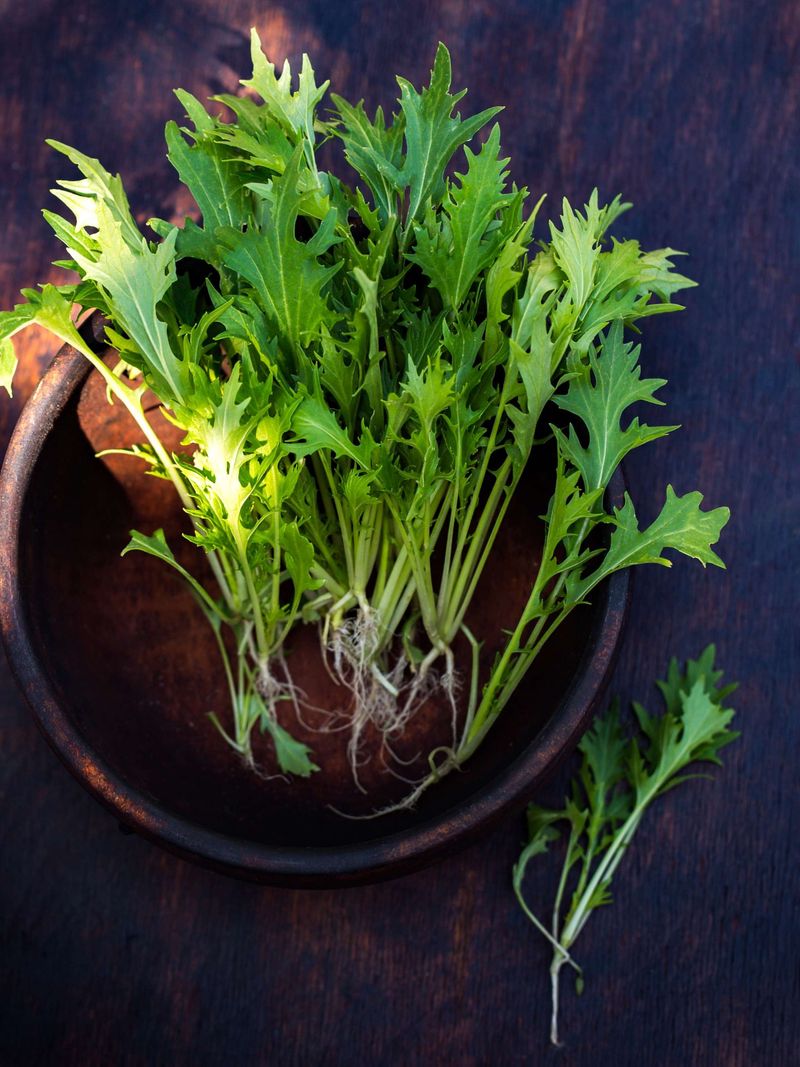August marks a special time for South Carolina gardeners. With summer heat still lingering but fall approaching, this unique window offers perfect conditions for certain vegetables to sprout.
Knowing which vegetables to plant now can mean the difference between a bountiful autumn harvest and disappointment.
1. Broccoli Raab
Gardeners swear by August planting for broccoli raab in South Carolina’s climate. The cooling nights combined with still-warm soil creates the perfect germination environment for this Italian favorite. Plant seeds about ¼ inch deep in well-draining soil.
You’ll see sprouts within 5-10 days if conditions are right. Unlike spring plantings, August-sown raab develops sweeter, less bitter leaves as it matures into cooler weather.
2. Collard Greens
Nothing says Southern tradition like collard greens, and August is their prime germination month in South Carolina. The warm soil helps seeds crack open quickly while the approaching fall provides ideal growing conditions.
Space seeds about 3 inches apart and barely cover with soil. Thin seedlings once they reach 4 inches tall. A light frost after they’re established actually improves flavor, making August-started plants tastier than those planted earlier.
3. Fall Spinach
August-planted spinach outperforms spring varieties in South Carolina gardens. The trick lies in the cooling night temperatures that signal spinach to germinate while soil remains warm enough to support rapid root development.
Create a partially shaded bed for best results. Soak seeds overnight before planting ½ inch deep. Mist regularly until sprouts appear, usually within a week. Fall spinach grown from August plantings typically produces larger, sweeter leaves than spring crops.
4. Sugar Snap Peas
Late summer magic happens when sugar snap pea seeds meet August soil in South Carolina. The combination of warm days and gradually cooling nights creates perfect germination conditions for these crisp favorites.
Plant seeds 1 inch deep along a trellis or fence. Keep soil consistently moist but not waterlogged. August-planted peas develop stronger root systems than spring plantings, resulting in more abundant harvests before winter frost arrives.
5. Chinese Cabbage
Chinese cabbage thrives when planted in August’s transitional climate. South Carolina gardeners find this timing prevents the premature bolting that often ruins spring plantings. Sow seeds ¼ inch deep in rich, moist soil.
Provide afternoon shade during the hottest days until established. The gradual cooling as plants mature results in tender, sweet heads with exceptional texture – something impossible to achieve with spring plantings in the Carolina heat.
6. Mustard Greens
August’s unique soil temperature in South Carolina creates ideal germination conditions for mustard greens. The still-warm earth encourages quick sprouting while the approaching fall prevents the bitter flavor that develops in summer heat.
Broadcast seeds thinly across a prepared bed and cover with ¼ inch of soil. Germination happens remarkably fast – often within 4-6 days. August-planted mustards develop broader, more tender leaves compared to those from other planting windows.
7. Kohlrabi
Kohlrabi’s alien-like appearance hides a vegetable that finds its perfect germination window in August throughout South Carolina. The warm soil speeds initial growth while cooling temperatures prevent the woodiness that plagues summer crops.
Plant seeds ½ inch deep in rows 18 inches apart. Keep soil consistently moist until germination occurs in about 5-7 days. August plantings develop sweeter, more tender bulbs as they mature into fall, making this timing far superior to spring planting.
8. Pak Choi
South Carolina gardeners discover pak choi’s secret potential when seeds meet August soil. The combination of warm earth and gradually shortening days creates the perfect storm for successful germination and growth.
Sow seeds ¼ inch deep in well-prepared beds. Provide light shade during initial growth stages. Unlike spring plantings that quickly bolt in rising temperatures, August-sown pak choi develops perfectly formed heads with crisp stems and tender leaves.
9. Arugula
Peppery arugula finds its sweet spot when planted in August’s transitional climate. South Carolina’s warm soil triggers rapid germination while the approaching cooler weather prevents the excessive bitterness that summer heat causes.
Scatter seeds thinly and barely cover with soil. Keep consistently moist until sprouting occurs in 5-7 days. August-planted arugula develops broader leaves with a perfect balance of peppery flavor and sweetness that’s impossible to achieve in spring or summer plantings.
10. Rutabaga
August presents the perfect planting window for rutabaga in South Carolina gardens. The warm soil ensures quick germination while the cooling fall temperatures develop the sweet flavor these root vegetables are prized for.
Sow seeds ½ inch deep in loose, well-draining soil. Thin seedlings to 6 inches apart once established. August plantings develop larger, sweeter roots than those planted earlier, with harvest typically falling perfectly before the first hard freeze.
11. Endive
Endive seeds respond magically to August’s unique conditions in South Carolina. The combination of warm soil and gradually decreasing daylight hours creates ideal germination conditions for this gourmet green.
Plant seeds ¼ inch deep in rich, moist soil. Provide afternoon shade until established. August-sown endive develops sweeter, less bitter leaves than spring plantings, with the cooling fall temperatures bringing out complex flavors that summer heat would destroy.
12. Daikon Radish
Long, white daikon radishes find their perfect planting time in August across South Carolina. The warm soil temperatures speed germination while the cooling fall prevents the splitting and pithiness that plague summer-grown specimens.
Sow seeds ½ inch deep in deeply worked soil. Thin to 4 inches apart once seedlings establish. August plantings develop straight, crisp roots with perfect texture and mild flavor – a stark contrast to the often hot, woody spring-planted daikons.
13. Kale
South Carolina’s August soil provides kale seeds with their ideal germination environment. The lingering summer warmth speeds sprouting while the approaching fall allows plants to mature in cool weather that enhances flavor.
Plant seeds ¼ inch deep in nutrient-rich soil. Keep consistently moist until germination occurs in 5-8 days. August-planted kale develops sweeter, more tender leaves than spring crops, with the first light frosts transforming starches into sugars for exceptional taste.
14. Turnips
August creates turnip magic in South Carolina gardens. The warm soil temperatures promote rapid germination while the cooling fall develops sweet, tender roots instead of the bitter, woody ones that form in summer heat.
Sow seeds ¼ inch deep in loose soil. Thin seedlings to 4 inches apart once established. August-planted turnips develop perfect globe shapes with sweet flesh, producing both excellent roots and tender greens – truly getting two vegetables from one planting.
15. Mache (Corn Salad)
Mache, the gourmet European salad green, finds its perfect germination window in August throughout South Carolina. The combination of warm soil and decreasing daylight triggers successful sprouting of this sometimes finicky green.
Scatter seeds thinly and press into soil without covering. Keep consistently moist until germination, which can take 10-14 days. August-planted mache develops into sweet, nutty rosettes that withstand winter cold far better than any spring-planted crop could dream of.
16. Cilantro
Cilantro reveals its true potential when seeds meet August soil in South Carolina gardens. The warm earth ensures quick germination while the gradually cooling temperatures prevent the premature bolting that frustrates spring plantings.
Sow seeds ¼ inch deep in rich, well-draining soil. Keep consistently moist until sprouting occurs in 7-10 days. August-planted cilantro develops lush, full growth with exceptional flavor and aroma that summer heat would quickly destroy.
17. Radicchio
Radicchio’s vibrant red heads depend on August planting in South Carolina for success. The warm soil temperatures promote quick germination while the cooling fall develops the beautiful coloration and flavor complexity this Italian chicory is famous for.
Sow seeds ¼ inch deep in rich soil. Thin to 8 inches apart once seedlings establish. August plantings develop perfectly formed heads with the ideal balance of bitterness and sweetness – something impossible to achieve in spring or summer plantings.
18. Escarole
Escarole seeds respond remarkably to August’s unique conditions in South Carolina gardens. The warm soil ensures quick germination while the approaching fall prevents the bitterness that develops in summer heat.
Plant seeds ¼ inch deep in nutrient-rich soil. Provide afternoon shade until established. August-planted escarole develops broad, tender leaves with perfectly balanced flavor – milder than spring crops yet still maintaining the distinctive character that makes this green special.
19. Mizuna
Mizuna, the feathery Japanese mustard green, finds its germination sweet spot in August throughout South Carolina. The still-warm soil triggers rapid sprouting while the decreasing daylight prevents the sharp bitterness that develops in summer.
Scatter seeds thinly and cover with just ⅛ inch of soil. Keep consistently moist until germination occurs in 4-7 days. August-planted mizuna develops more tender, flavorful leaves than those from any other planting window, with perfect texture for both salads and cooking.




